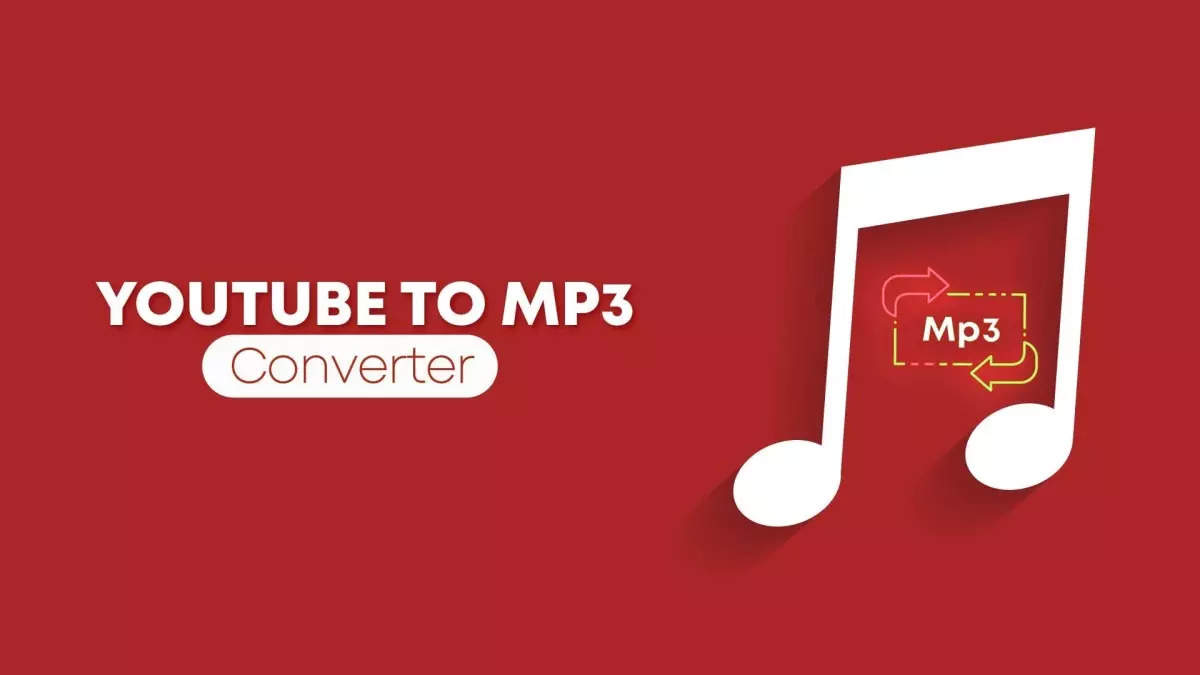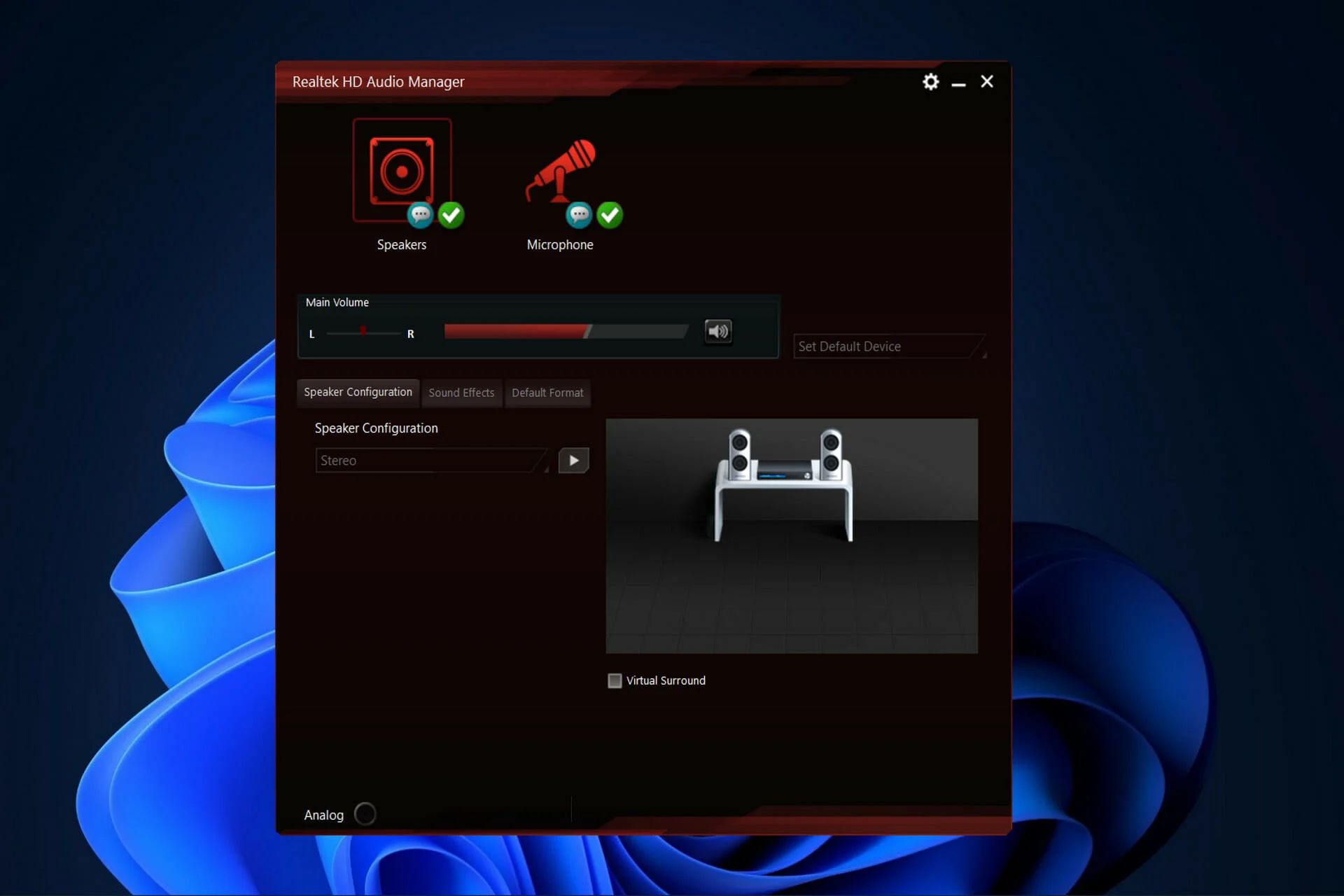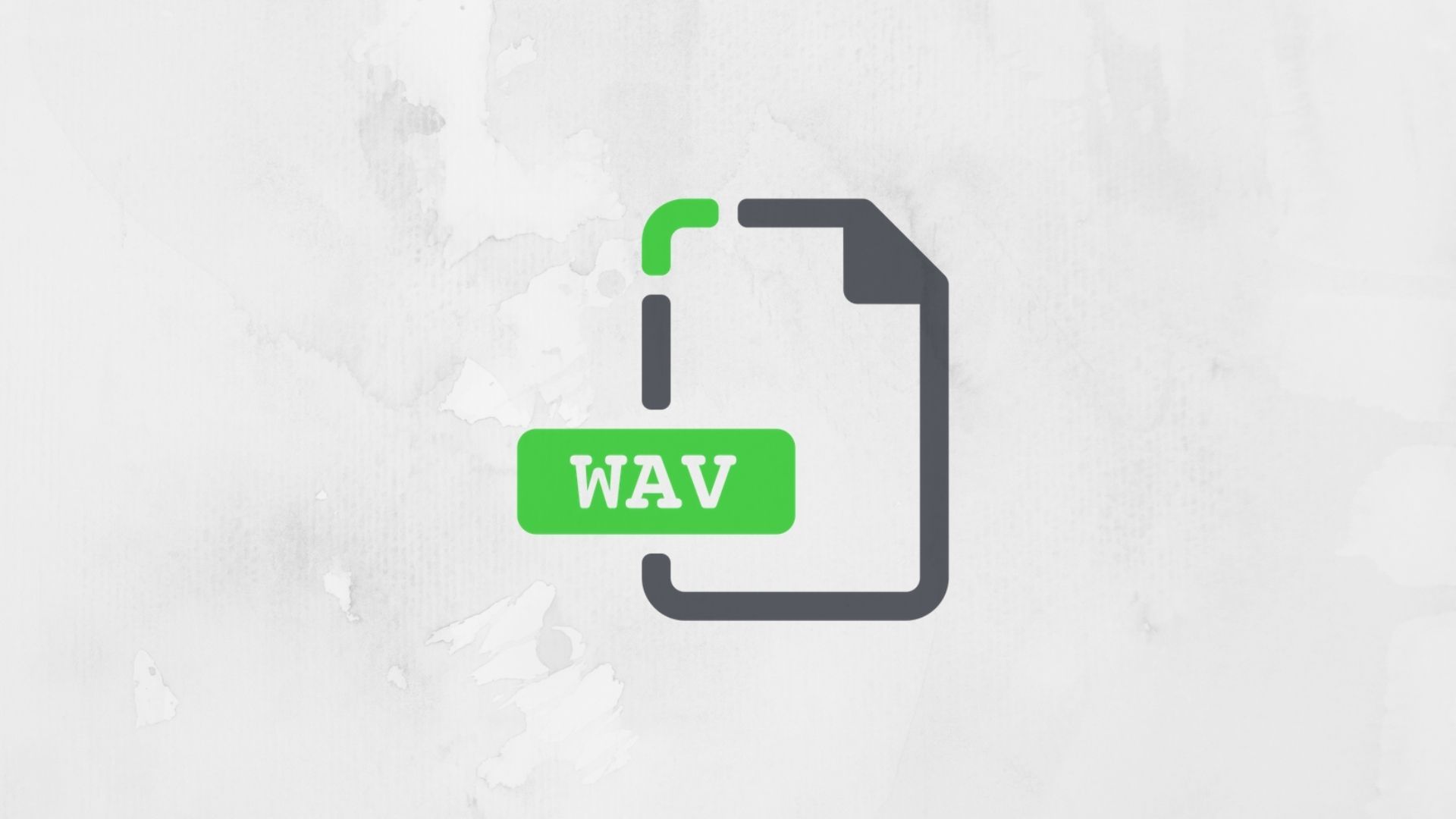Introduction
Downloading audio files has become a common practice for many people looking to enjoy their favorite music, podcasts, audiobooks, or other forms of audio content. Whether you’re an avid music lover or a podcast enthusiast, knowing how to download audio files can open up a world of entertainment possibilities.
In this article, we will walk you through the step-by-step process of downloading an audio file from a reliable source. We will cover everything you need to know, from finding a trustworthy website to selecting the desired format and finally enjoying your downloaded audio file.
With the advancement of technology, downloading audio has become easier than ever before. With just a few clicks, you can have your favorite songs or podcasts right on your device, ready to be enjoyed anytime, anywhere. Whether you’re using a computer, smartphone, or tablet, the process is usually straightforward and user-friendly.
Before we dive into the details of how to download audio files, it’s important to mention that legality is crucial when it comes to downloading copyrighted content. Always ensure that you download audio files from authorized sources and respect the copyright laws in your country. Unauthorized downloading of copyrighted material is illegal and could result in penalties.
Now that we’ve discussed the importance of legality, let’s get started on how to download audio files from credible sources. Whether you’re looking for that catchy new song, an informative podcast, or an audiobook to listen to on your commute, this guide will help you navigate the process with ease.
Step 1: Choose a Reliable Source
The first and most crucial step in downloading an audio file is to choose a reliable source. With numerous websites and platforms offering audio downloads, it’s essential to select a trusted and reputable source to ensure the quality and legality of the files.
When searching for a reliable source, consider the following factors:
- Reputation: Look for websites or platforms that have a good reputation among users. Read reviews and check ratings to ensure the site is known for providing high-quality and safe downloads.
- Authorized Sources: Make sure you download audio files from authorized sources. Check if the website has the necessary licenses and permissions to distribute the content legally.
- Format Availability: Depending on your preferences and the device you plan to use, make sure the source offers the audio file format that is compatible.
- User-Friendly Interface: Opt for a source that has a user-friendly interface, making it easy to navigate and find the audio files you’re looking for.
- Security Measures: Ensure that the source has proper security measures in place to protect your personal information and device from any potential threats.
Some popular reliable sources for audio downloads include reputable music platforms like Spotify, Apple Music, Bandcamp, and Soundcloud, where you can find a vast collection of songs, podcasts, and other audio content.
Additionally, there are websites dedicated to providing free and legal audio downloads, such as Jamendo and Freemusicarchive. These platforms connect independent artists with listeners and offer a wide range of genres and styles to explore.
Remember, it’s essential to conduct thorough research and choose a trusted source to ensure the quality and legality of your downloaded audio files. By selecting a reliable platform, you can enjoy your favorite music, podcasts, or any other audio content without any worries.
Step 2: Search for the Audio
Once you have chosen a reliable source for downloading audio files, the next step is to search for the specific audio you want to download. Whether it’s a song, podcast episode, or audiobook, most platforms have a search bar or browsing options to help you find what you’re looking for.
Here are some tips to effectively search for the audio you want:
- Keyword Search: Use relevant keywords to search for the audio. Make sure to include the title, artist, or any other relevant information to narrow down the search results.
- Refine Your Search: If you have a specific genre, language, or time period in mind, use the available filters or categories to refine your search and find the audio that matches your preferences.
- Browsing Recommendations: Many platforms offer curated playlists or recommendations based on your music taste. Explore these suggestions to discover new audio content that aligns with your interests.
- User Recommendations: Look for user-generated playlists or recommendations from other listeners who have similar preferences. These recommendations can help you find hidden gems or lesser-known audio content.
It’s important to keep in mind that some platforms may require you to create an account or sign in before you can search for and download audio files. If that’s the case, follow the registration process and ensure that you provide accurate information.
During the search process, take your time to explore different options and listen to audio samples if available. This will help you make an informed decision and ensure that you download the audio file that meets your expectations.
Once you have found the desired audio file, proceed to the next step to select the format and initiate the download process. Remember to verify that you have selected the correct audio file before proceeding to avoid any downloading mistakes.
Step 3: Select the Desired Format
After finding the audio file you want to download, the next step is to select the desired format. The format you choose will depend on the device or software you plan to use to listen to the audio and your personal preferences.
Here are some common audio formats to consider:
- MP3: This is one of the most popular audio formats, known for its wide compatibility and small file size without compromising audio quality. MP3 files are supported by most devices and media players.
- FLAC: If you are an audiophile or prefer high-quality audio, you may opt for the FLAC format. FLAC files provide lossless compression, which means they retain the original audio quality without any loss of data. However, FLAC files tend to be larger in size.
- AAC: Popularized by Apple, the AAC format offers high-quality audio with efficient compression. It is commonly used for iTunes and Apple devices, but it’s also compatible with various other platforms.
- WAV: WAV files are known for their uncompressed audio quality, making them ideal for professional use or when you want to preserve the original sound without any loss. However, WAV files tend to be larger in size than other formats.
- OGG: The OGG format is a popular choice for open-source enthusiasts, offering good audio quality and smaller file sizes compared to formats like WAV.
When selecting the format, consider factors such as compatibility with your device or media player, the storage capacity of your device, and the level of audio quality you desire.
Most platforms allow you to choose the desired format before initiating the download. Some platforms even offer multiple format options for you to select from, catering to different preferences and needs.
Once you have chosen the format, proceed to the next step to initiate the download process and wait for it to complete. The time taken for the download will depend on factors such as file size, internet connection speed, and the server’s capacity.
Now that you have selected the desired format, you’re one step closer to enjoying your favorite audio file. In the next step, we will guide you through the process of starting the download, so stay tuned!
Step 4: Click on the Download Button
Once you have selected the desired audio format, it’s time to initiate the download process by clicking on the download button. The download button is typically prominently displayed on the platform or website where you found the audio file.
To download the audio file, follow these steps:
- Locate the download button: Look for a prominent button or link labeled “Download” or with a similar indication that it will start the download process.
- Click on the download button: Using your mouse, click on the download button to start the download process. Depending on the platform, you may be redirected to a confirmation page before the download begins.
- Choose the download location: If prompted, select the folder or location on your device where you want the audio file to be saved. If no such prompt appears, the file will be downloaded to the default location specified by your device or web browser.
Once you have followed these steps, the download process will begin, and you will see a progress indicator showing the download status. The time taken to complete the download will depend on factors such as the size of the audio file and the speed of your internet connection.
During the download process, avoid closing the browser window or navigating away from the page. Doing so may interrupt the download and result in an incomplete or corrupted audio file. It is best to let the download finish completely before moving on to the next step.
Some platforms may offer additional options during the download process, such as the ability to pause or resume the download, or the option to download multiple audio files simultaneously. Pay attention to these options if they are available and make use of them as needed.
Now that you have clicked on the download button, sit back and wait for the download process to complete. Once the download is finished, you can proceed to the next step to locate the downloaded audio file and begin enjoying your favorite audio content.
Step 5: Wait for the Download to Complete
After clicking on the download button, it’s time to wait for the download to complete. The duration of the download process will depend on various factors such as the size of the audio file and the speed of your internet connection.
While waiting for the download to finish, it’s important to be patient and avoid interrupting the process. Closing the browser window or turning off your device prematurely may lead to an incomplete or corrupted audio file.
During the download, you can monitor the progress of the download either through a download manager or a progress bar displayed on the website or platform you are using for the download. This will give you an idea of how much time is left until the download is complete.
If the download is taking longer than expected, it’s possible that your internet connection may be slow or unstable. In such cases, you may need to troubleshoot your network or consider using an alternative internet connection to ensure a smooth and timely download.
While waiting, it’s a good idea to refrain from launching other data-intensive applications or tasks on your device, as this may affect the download speed and cause it to take even longer. By focusing on the download process, you can ensure a swift and successful completion.
Once the download is complete, you will receive a notification indicating that the audio file has finished downloading. At this point, you can proceed to the next step to locate the downloaded audio file on your device.
Remember that the actual time it takes for the download to complete will vary depending on the specific circumstances, so it’s essential to exercise patience and refrain from interrupting the process to ensure a seamless and successful download.
Now that you have waited for the download to complete, it’s time to move on to the next step and locate the downloaded audio file. Stay tuned!
Step 6: Locate the Downloaded Audio File
Once the download is complete, it’s time to locate the downloaded audio file on your device. The location of the file will depend on your device’s settings and the default download location specified by your web browser or operating system.
Here are some steps to help you locate the downloaded audio file:
- Open your device’s file manager: Depending on the type of device you are using, you may have a built-in file manager or explorer app. Open this app to navigate through your device’s file system.
- Go to the default download location: In most cases, the downloaded audio file will be saved in the default download location specified by your device or web browser. This is typically a “Downloads” folder.
- Use the search function: If you’re unable to locate the audio file in the default download location, you can use the search function within your file manager app. Enter the file name or a keyword related to the audio file to help narrow down the search results.
- Check alternative download locations: Some devices or web browsers allow you to change the default download location. If you’ve specified a different location for downloads, navigate to that location to find the audio file.
- Organize downloaded files: If you frequently download audio files, it’s a good practice to organize them into separate folders. Create a dedicated folder for audio downloads to keep them organized and easily accessible.
Once you have located the downloaded audio file, you can proceed to transfer it to your preferred media player or listen to it directly from your device, depending on your preferences.
Remember to make a copy of the downloaded audio file and store it in a safe location, such as your cloud storage or an external hard drive, to ensure you have a backup in case of accidental deletion or device failure.
Congratulations! You have successfully located the downloaded audio file on your device. In the next step, we will discuss how you can enjoy your downloaded audio file to its fullest.
Step 7: Enjoy Your Audio File
Now that you have successfully downloaded and located the audio file on your device, it’s time to sit back, relax, and enjoy your favorite audio content. Whether it’s a song, podcast episode, or audiobook, here are a few suggestions on how to make the most of your audio file:
- Transfer to a media player: If you prefer using a dedicated media player, such as iTunes, Windows Media Player, or a mobile app like Spotify or VLC, you can transfer the audio file to your media player’s library. This will allow you to easily manage and organize your audio files.
- Create playlists: Organize your audio files by creating playlists based on different genres, moods, or occasions. This way, you can quickly access and enjoy a curated selection of your favorite audio content.
- Connect to external devices: If you want to enhance your listening experience, consider connecting your device to external speakers, headphones, or a Bluetooth-enabled audio system. This will provide better audio quality and make your listening sessions more immersive.
- Listen on the go: Transfer the audio files to a portable device like a smartphone or MP3 player to enjoy your favorite music or podcasts while on the move. This allows you to create a personalized soundtrack for your daily activities or long commutes.
- Explore related content: Use the audio file as a starting point to discover more content from the same artist, podcast series, or genre. Many platforms offer recommended or related content based on your preferences, allowing you to expand your audio library.
Remember to respect the copyright laws and terms of use associated with the audio file you have downloaded. Avoid distributing or sharing the file without proper authorization to ensure you are using it legally and ethically.
Enjoying your audio file is all about creating an environment that allows you to fully immerse yourself in the content. Find a comfortable spot, adjust the volume to your preference, and let the audio transport you to another world.
By following these steps, you can confidently download, locate, and enjoy your favorite audio files on your device. Happy listening!

























